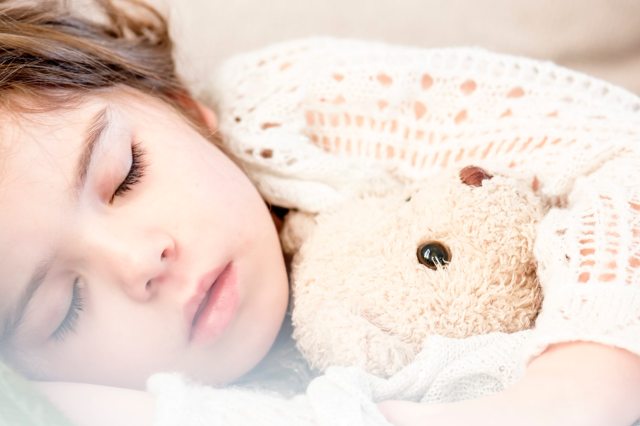Adults aren’t the only ones who get from migraines. Among parents who suffer from migraines—or had migraines previously—up to 70% of their children also experience migraine headaches, according to the American Migraine Foundation.
If you know how painful and debilitating a migraine can be, then it can be very difficult to see your child suffer in the same way. But what can you do to help? Migraines can be notoriously difficult to treat, but there are some ways to help your child cope. Here’s what you need to know about how kids experience migraines and what you can do to help.
The Differences Between Headaches and Migraines
People who don’t get migraines often lump them in with run-of-the-mill headaches. While it’s true that a migraine is a type of headache, it has unique characteristics that set it apart. Up to three-quarters of adults experienced a headache in the past year, but migraines are (fortunately) less common.
Migraines can last anywhere from four hours to three days, and the symptoms actually begin the day before the migraine, with mood changes and food cravings. Once they have set in, migraines will often start to cause flashes of light in the sufferer’s vision before throbbing pain sets in.
During the migraine headache phase, many people are sensitive to light and sound. In the aftermath, they may feel weak, confused, and exhausted. When compared to the head pain caused by a normal headache, migraines are much worse and can be debilitating, particularly if they are chronic.
Kids & Migraines
As with many health issues in children, migraines may present differently than they do in adults. This can make diagnosis difficult and can cause a child to suffer unnecessarily. Children also have trouble talking about their symptoms, and parents may dismiss classic signs of a migraine, such as dizziness, as something minor.
In children, migraines cause classic symptoms like sensitivity to light and sound, nausea, and dizziness. They are also prone to abdominal migraines, which result in nausea and vomiting. Even very young children can experience migraine symptoms, so it’s important to take these signs seriously and see a doctor if your child is experiencing them.
Helping Your Child Cope With a Migraine
The age of your child will make a difference in how you help them cope with a migraine. Older children and teens are often better at communicating their symptoms and may know not to push themselves as far as more active, younger children. It’s always a good idea to encourage teens who are suffering from migraines to rest. However, there are other interventions that may help.
Certain over-the-counter painkillers designed for children might provide some relief from migraine symptoms, but you should ask your doctor before treating symptoms with medication. If your child has frequent migraine attacks, your doctor might be able to prescribe something to help.
Create a soothing atmosphere for your child to rest. Tuck them into bed, turn off the light and encourage them to sleep. You can also use a cool compress while they are lying down. Migraines can be extremely painful and very scary, especially for very young children. Do your best to create a calm, quiet atmosphere that will help to ease their fears and make it easier for them to sleep through the symptoms.
If your child experiences frequent migraines, your doctor might want to examine possible triggers like stress, bright lights, changes in sleep, or even food. They might suggest changing your child’s routine to remove triggers or recommend coping techniques like breathing exercises to control stress and reduce the number of migraines your child experiences.
Managing the Aftermath
Unfortunately, migraines can still cause problems even after the worst of the patient’s head pain subsides. “Postdrome,” the final phase of a migraine, often causing a sort of “mental fog” and bringing symptoms like weakness, fatigue, difficulty concentrating, dizziness, and body aches.
It’s difficult to treat postdrome, so the best strategy is to help your child prevent the problem in the first place. Ensure that they drink plenty of water during and after their migraine symptoms appear and consider avoiding electronics that may provoke light sensitivity. Try calming activities like reading to them or doing yoga together to reduce the effects of postdrome.
It’s never fun to see your child suffer. But remember, you’re not totally helpless—you can take steps to help them cope with this common, but very unpleasant health issue!











